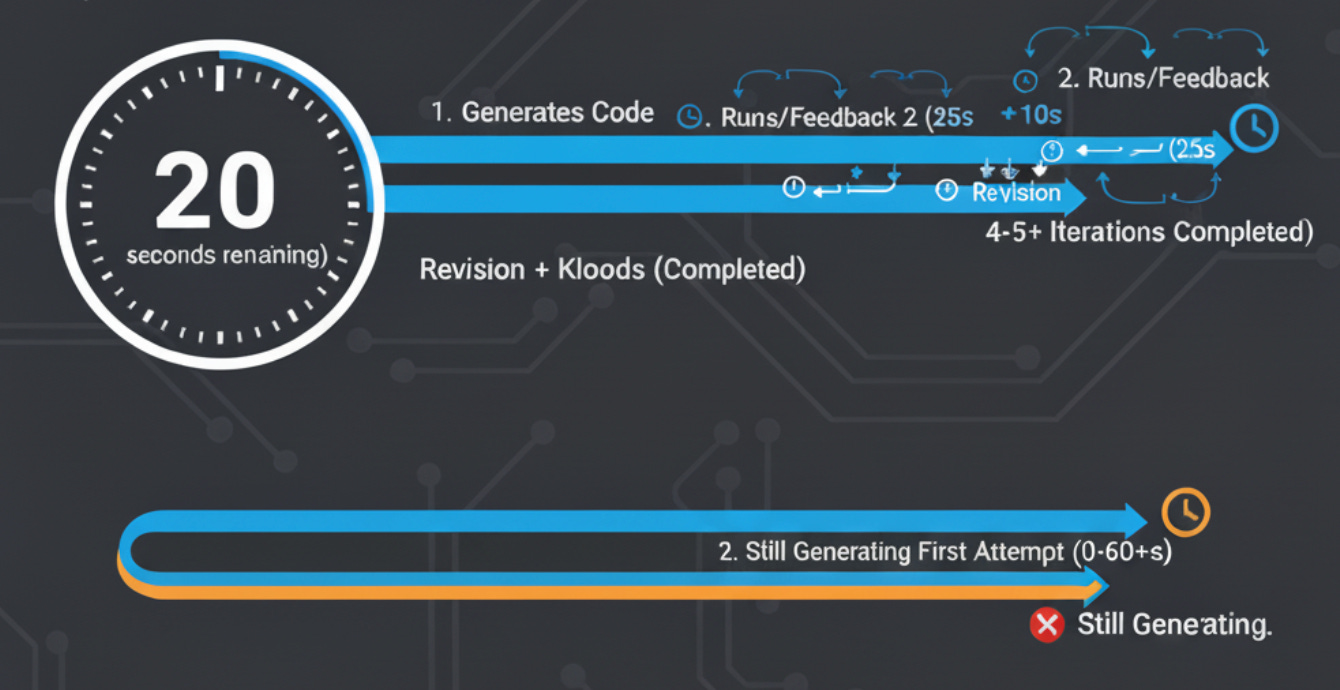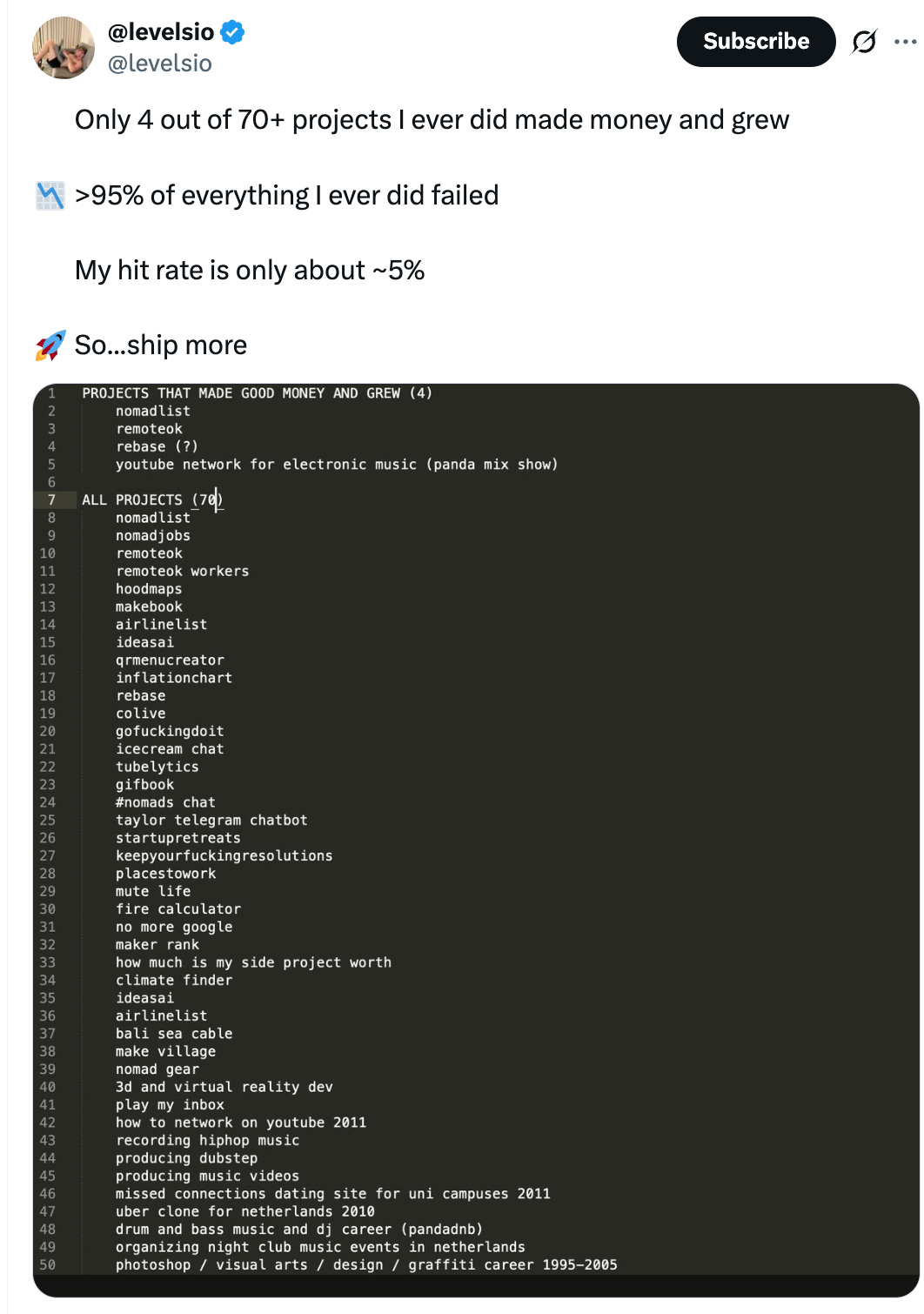Grok Code Fast 1: Why “good enough and fast” beats “perfect and slow”
Lessons learned from processing 1 trillion tokens with Grok Code Fast 1.
What happens when you take a solid AI coding model, make it free and fast, and put it in the hands of everyone who’s trying to build a software product?
You get a creativity explosion.
That’s exactly what’s happening with Grok Code Fast 1. In the last few days alone, Kilo Code has processed over 1 trillion tokens with this model:
That translates into thousands of side projects, client requests delivered, and new business ideas brought to life.
Why are people using Grok Code Fast 1 over Sonnet 4?
When we asked power users why they choose Grok over Sonnet, we uncovered an interesting pattern.
Many people said they use Grok because it’s fast.
But wait, what’s the point of being fast if you’re just outputting bad code faster?
That’s where an AI coding agent like Kilo Code comes into the picture.
Digging deeper, we found it's not about raw speed — it's about iteration cycles.
Imagine you have 2 minutes to build something using both Grok Code Fast 1 and Sonnet 4 with an AI coding agent like Kilo Code.
After 60 seconds with Grok:
Grok generates the code
Kilo Code reads it, runs it, shows the console output/errors, feeds that back into Grok
Grok takes the feedback and generates an improved version
Repeat steps 1-3 at least 4-5 times during the 40 seconds you have left
After 60 seconds with Sonnet:
1) Still generating that “perfect” first attempt at a slower TPM (token-per-minute) rate, the iteration cycles are 3-5x longer.
It's like the startup world; being fast beats being perfect.
Here’s an image to help you visualize this:
What are people actually shipping?
We interviewed over 40 of Grok Code Fast 1 power users to find out what they're creating with the model. Here’s what they told us:
"I built an app for Indian consumers that's basically production-ready, thanks to Grok Fast."
"I created a Telegram bot with zero coding experience."
"I had ideas sitting around for years — some for over a decade — and finally brought them to life now that Grok is free."
"Built a Shopify app for e-commerce merchants."
"Knocked out a WordPress plugin in under a week."
Those people aren’t trying to build the next Facebook.
They're creating focused, practical apps that solve real problems for themselves, their clients and communities.
App extensions: Build it and they will come
I’ve noticed tons of people mentioning that they’re building extensions for major platforms (Chrome, Shopify, Telegram, etc.) which got me curious.
A few years ago, I did some research where I analyzed over 494 founder interviews, trying to find which acquisition channels consistently work for founders.
One channel stood out, where many of the founders interviewed essentially said, "I built this app, launched it, and users just showed up."
I called this channel app extension marketplaces.
An app extension is a plugin built for a major platform with millions of users. Think:
Shopify apps in the Shopify App Store
WordPress plugins in the WordPress Plugin Directory
Chrome extensions in the Chrome Web Store
Kilo Code itself is an extension — we're on the VS Code Marketplace (and now on JetBrains!)
Here's why this channel works: The marketing is done for you. Google Chrome, WordPress, and Microsoft have hundreds of millions of active users who are actively looking for solutions. Plus, these platforms promote their marketplaces heavily.
These app marketplaces function like mini search engines where people look for specific solutions — an ad blocker for Chrome, or a Git visualization tool.
More founders are catching on to this: they realize extensions are way simpler to build than full-blown SaaS products. So those founders are focusing on cranking out products ("build it") and letting the marketplaces handle distribution ("they will come").
Fast & cheap & good AI models, combined with an AI coding agent help those people ship faster.
Your first idea probably won’t work
Up to 90% of startup ideas fail.
There's no magic formula to beat those odds. Markets shift, customer needs evolve, and game-changing competitors appear out of nowhere.
As a result, people are building. Building as much as you can and seeing what resonates.
Here’s what Pieter Levels, the world’s most famous bootstrapped founder, says about this:
Low-cost AI models let you build faster. Building faster means you can test more ideas and see what sticks.
You might be thinking: "But aren't cheaper AI models worse at writing code?"
The answer is yes, but that doesn’t matter. Let me explain.
Industry benchmarks show Grok Code 1 currently trails behind Sonnet.
But that doesn’t matter much because AI coding agents (like Kilo Code) can help transform low-cost AI models (like Grok) into iteration machines.
The bottom line
We discovered two counterintuitive insights from surveying our Grok Code Fast 1 users.
Most AI model benchmarks miss the bigger picture by focusing on isolated performance metrics.
Hopefully this gives you a different, more coherent perspective and a clear takeaway: Consider a fast, "good enough" model over a slower "perfect" one — especially when paired with the right tools.





Great insights 💪
Good stuff